Table of Contents:
- What is P2V?
- Benefits of P2V Migration
- VMware vCenter Converter Standalone – What is it?
- Example scenario: Ubuntu P2V Migration
- Conclusion
What is P2V?
P2V stands for Physical to Virtual migration. It is the process of converting a physical machine to a virtual machine. This includes the operating system, applications, and data. The converted virtual machine will have the same state, configuration, and resources as the original physical machine.
P2V migration is commonly used in server consolidation and virtualization projects. This is when one or more physical servers are converted to run as virtual servers on a single physical server.
Benefits of P2V Migration
There are many benefits to using P2V migration. Some of these benefits include:
- Reduced hardware costs: By consolidating multiple physical servers onto a single physical server, you can reduce your hardware costs
- Improved resource utilization: Virtual machines can be more efficiently utilized than physical servers. This is because virtual machines can be scaled up or down as needed
- Increased flexibility: Virtual machines can be easily moved from one physical server to another. This gives you greater flexibility in your IT infrastructure
- Improved disaster recovery: Virtual machines can be easily backed up and restored. This gives you a better way to protect your data in the event of a disaster
If you are considering a server consolidation or virtualization project, P2V migration is a great option to consider. It can help you to reduce your costs, improve your resource utilization, and increase your flexibility.
VMware vCenter Converter Standalone – What is it?
VMware vCenter Converter Standalone is a software application that converts physical and virtual machines to VMware virtual machines. It can be used to migrate machines to a new hypervisor, consolidate machines onto a single host, or create a backup of a machine.
The latest version of VMware vCenter Converter Standalone is 6.4.0. It can be downloaded from the VMware website.
Features of VMware vCenter Converter Standalone
- Converts physical and virtual machines to VMware virtual machines
- Supports a wide range of source and destination hypervisors
- Can be used to migrate machines to a new hypervisor, consolidate machines onto a single host, or create a backup of a machine
- Easy to use and configure
Example scenario: Ubuntu P2V Migration
Prerequisites
- VMware vCenter Converter Standalone 6.1.1
- An Ubuntu 16.04 physical machine
- A destination server that can run VMware vSphere
Steps
- Install VMware vCenter Converter Standalone 6.1.1 on the destination server
- Launch VMware vCenter Converter Standalone 6.1.1
- Click Connect
- In the Connect to Server dialog, select the type of server that you are connecting to and enter the appropriate credentials
- Click on Convert machine Tab
- Next, you need to update the source machine details
- Update the Destination Machine details for VMware Infrastructure. Here ESXi 6.5 Host is our destination server. Hence ESXi server IP, username and password are to be provided. Click Next.
- Provide Destination VM name and click Next. In the below screen, you can see source and destination IPs and OS details on the top.
- Select the Datastore to be used
- Enter the Network & IP details:(DHCP or Manual Configuration)
- Verify if everything looks fine on the summary page.
- Then click on Finish.
- Below screen will show the status
- The conversion process will take some time to complete. Once it is finished, you will have a new virtual machine that is an exact replica of the physical machine.
- Login to the ESXi server and check for the newly created VM
- Login to newly created VM
- Verify the IP address and network connectivity
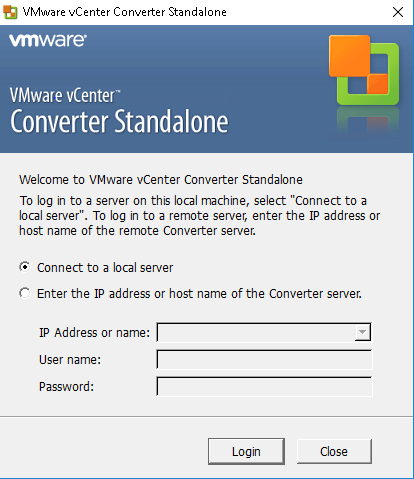

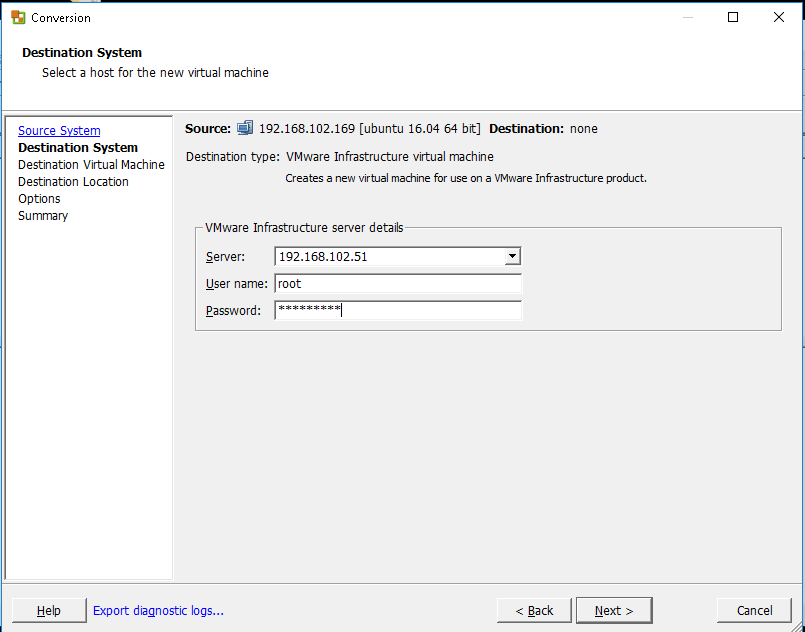


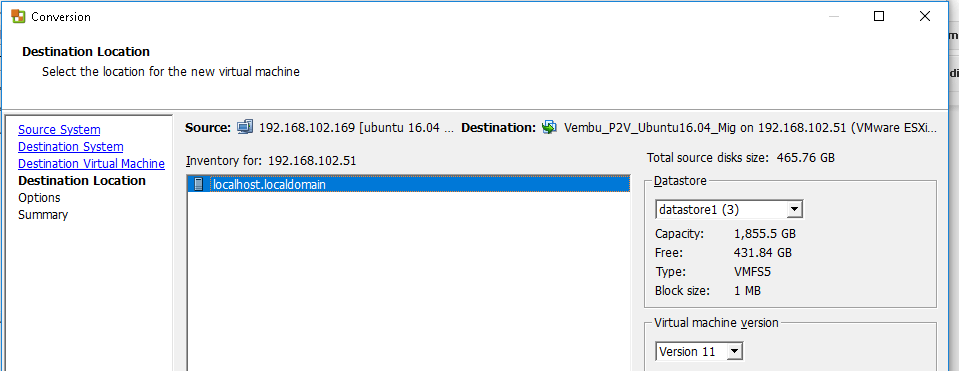
Advanced Options:

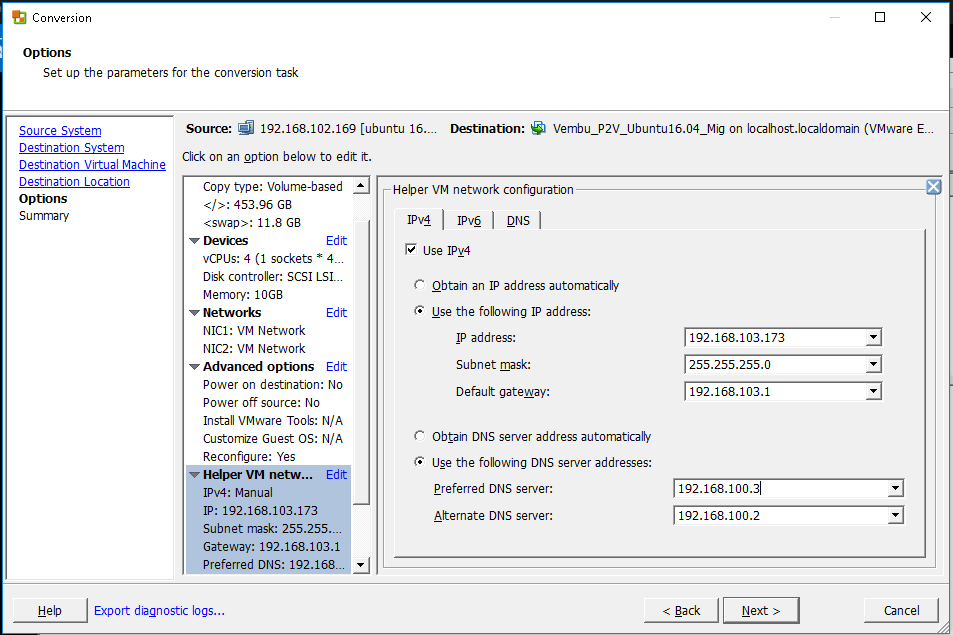
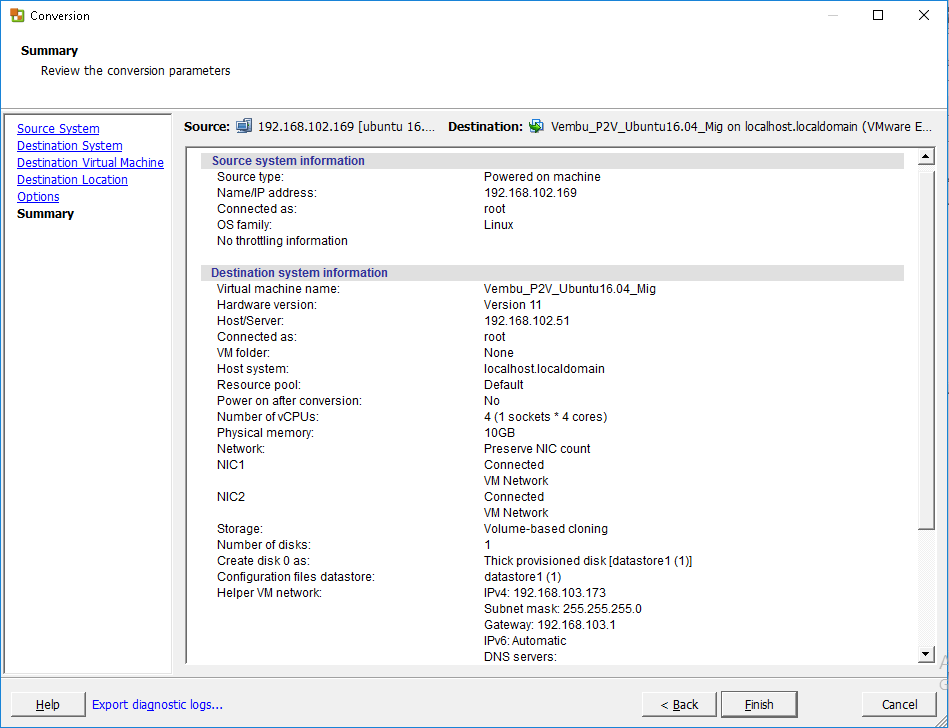

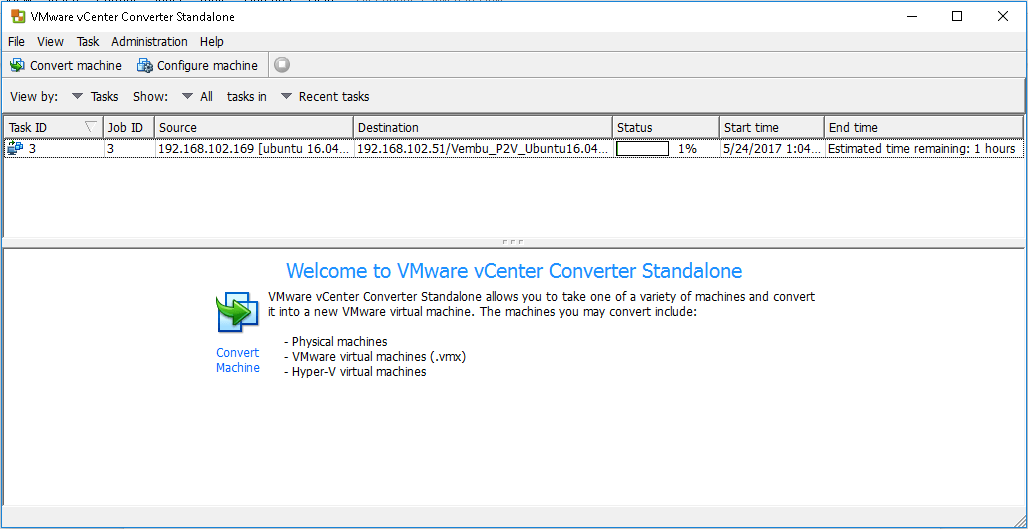

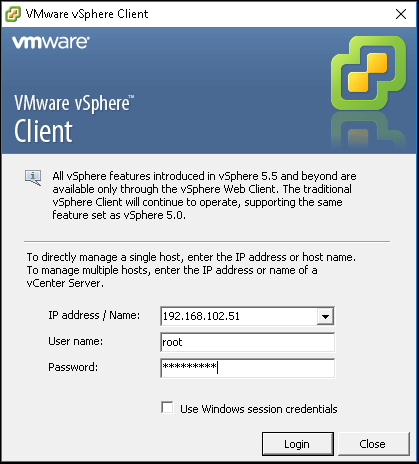


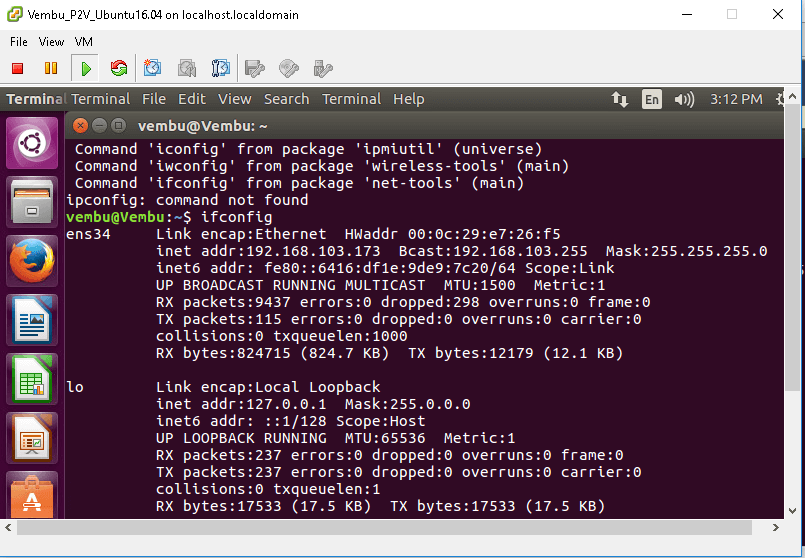
Latest update
The latest stable versions of VMware vCenter Converter is 6.3.0, released on October 11, 2022 and 6.4.0 released on May 11, 2023.
Here are some of the latest features of VMware vCenter Converter 6.3.0:
- Support for VMware vSphere 7.0
- Support for Windows Server 2022
- Improved performance and stability
- Bug fixes
In addition to these latest features, VMware vCenter Converter 6.3.0 also includes a number of other enhancements, such as:
- Support for more operating systems
- Improved user interface
- New conversion options
Conclusion
Migrating a physical machine to a virtual machine can be a daunting task, but it is made much easier with VMware vCenter Converter Standalone. With a few simple steps, you can easily migrate your physical machines to virtual machines, regardless of their operating system.
Follow our Twitter and Facebook feeds for new releases, updates, insightful posts and more.

